History
The console is a third-generation video game console (8-bit Era console) developed by the fictional company, ISMO-Kun Games, a fictional subsidiary (minor segment) of Nintendo founded in July 20, 1983. The company is more loosely connected, allowing them to have more freedom and being shown more as a separate company.
This was the company's first console, released in Japan on April 20, 1983 and released everywhere else on November 5, 1985. The console was really successful, but it wasn't as popular as the NES. It was discontinued worldwide in August 14, 1994.
Specifications
The console had a bit more powerful than the NES, but graphics were similar. Unlike the NES (US version), the cartridge slot was on top, since there were problems with wearing out the pins in the NES (US version).
Cost: $29.99 (US)
Dimensions (by length, width, and height): 25.6 cm, 12.8 cm, and 4 cm (10.1 in, 5.05 in, and 1.6 in)
Weight: 1.5 kg (3.3 lbs.)
Audio: ISMO 256-A113 (8 monophonic channels), can only make mono sound (no stereo)
4 programmable pulse wave generators (12.5%, 25%, Square, Triangle, Sine, and customizable wavetable synthesized waves)
The custom waves are 32x16 with 16 volume settings. You can make any waveform within these limits.
All four channels have 16 volume settings (muted to full volume).
Two noise (static) generators, that have normal and looped (makes a metallic sound, and can be melodic) modes.
The channels have 16 volume settings (muted to full volume).
Two 8-bit encoded PCM sample channels, has a custom looping option and resampling, and can change pitch. The audio has no interpolation, making a pixel-like sound.
The limit is 5 seconds of audio, if audio rate is 8 kHz (8000 Hz), or 2.5 seconds of audio, if audio rate is 16 kHz (16000 Hz).
The channels have 16 volume settings (muted to full volume).
Graphics: 64 colors (more precise than the NES) + transparent, 2D graphics, 4:3 screen ratio, 240x180 screen resolution, 60 fps
Can have up to 64 colors on screen
8 colors (one is for transparency) per sprite tile
8*8 and 16*16 pixel sprite tiles
Controller Input: Two controller ports
Controller
An 8-direction control pad, two trigger buttons (L and R), two circular buttons (0 and 1, 0 is cyan and 1 is red), and a Start and Select button
Dimensions (L, W, and H): 10 cm, 5 cm, 1 cm (4 in, 2 in, 0.4 in)
Wire is on top of controller, being 1 meter long (3.3 ft)

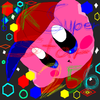
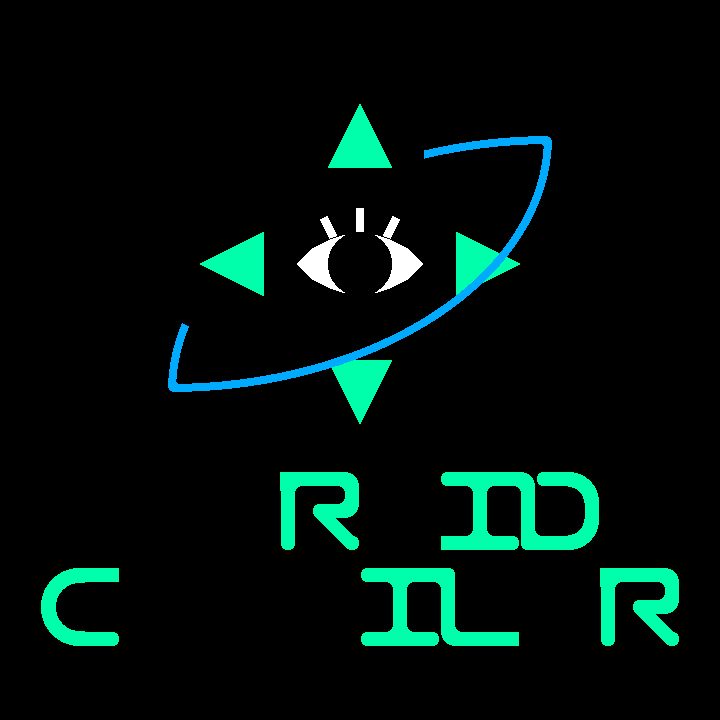



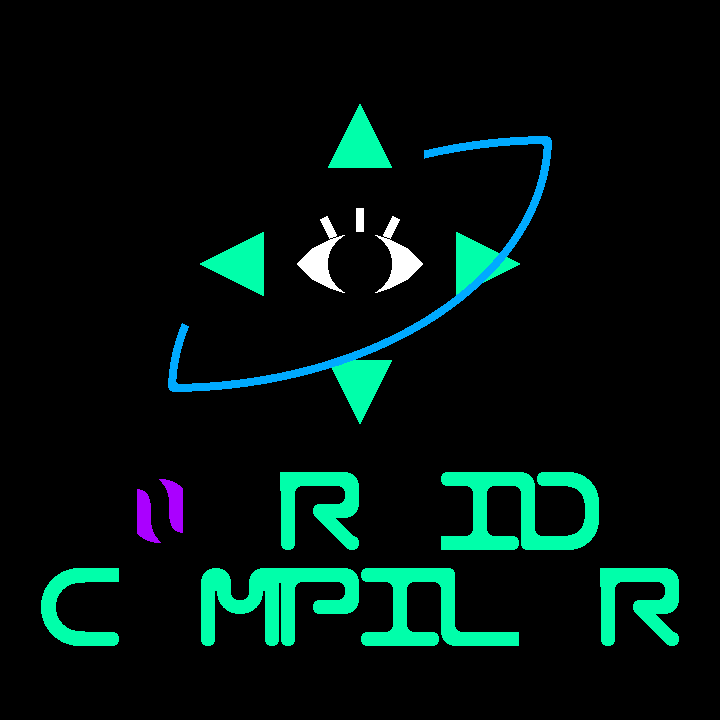
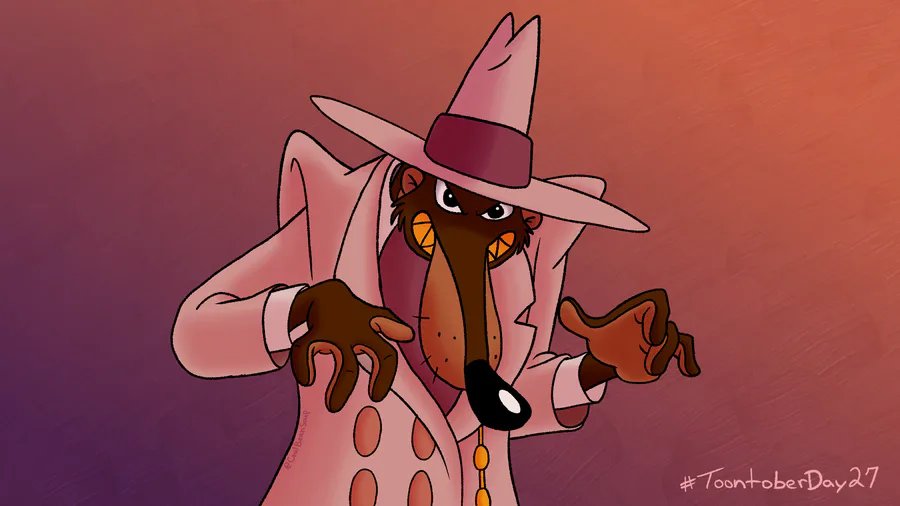
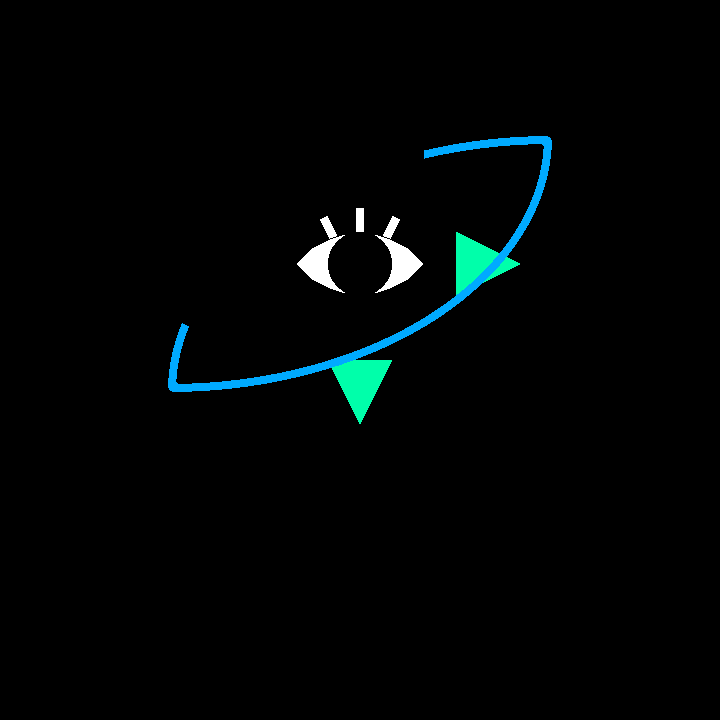
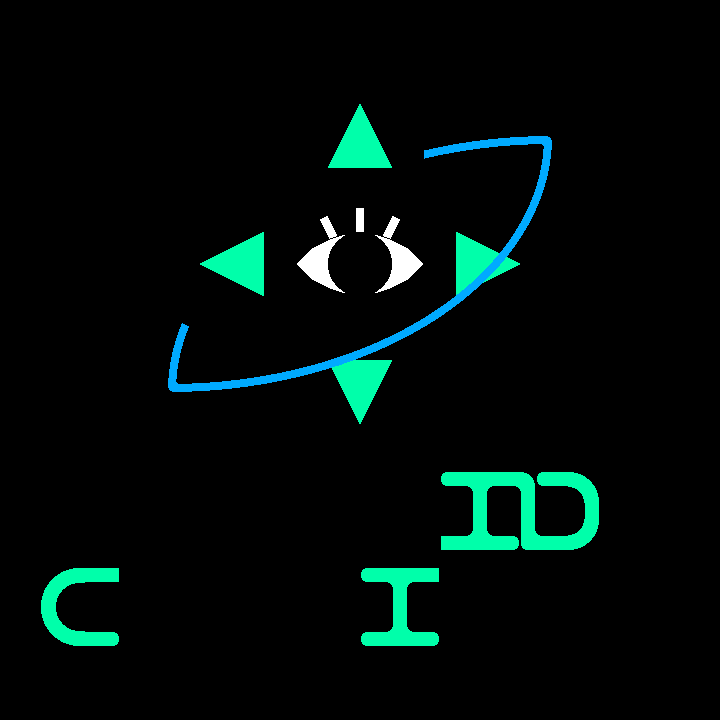
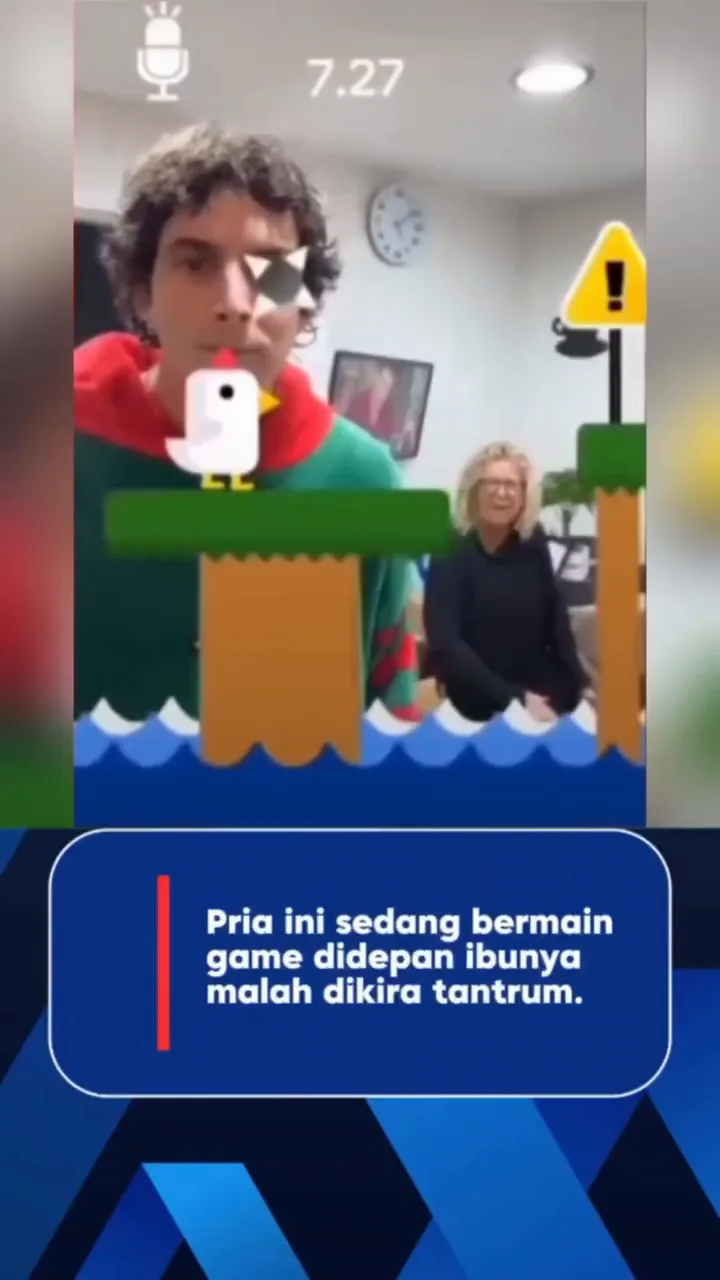
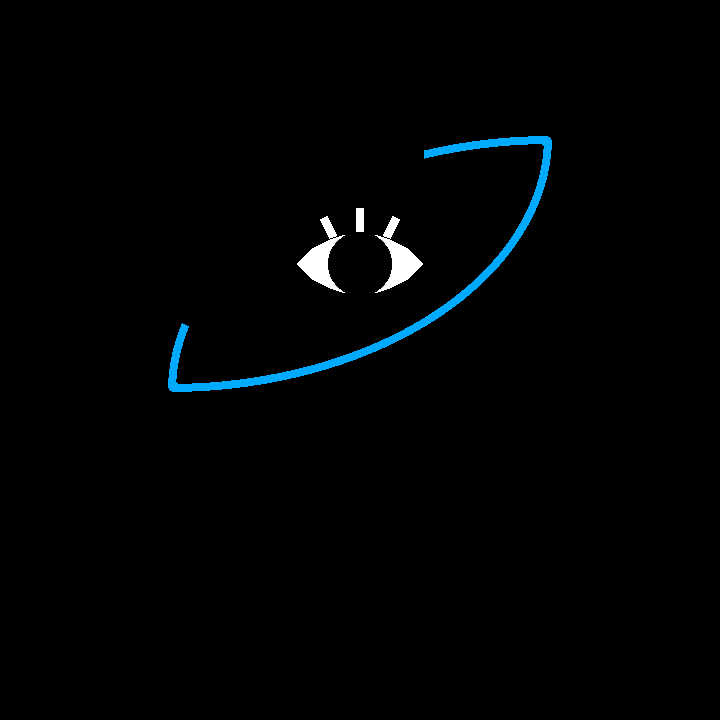
7 comments